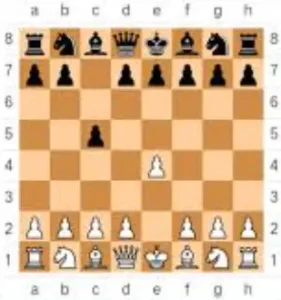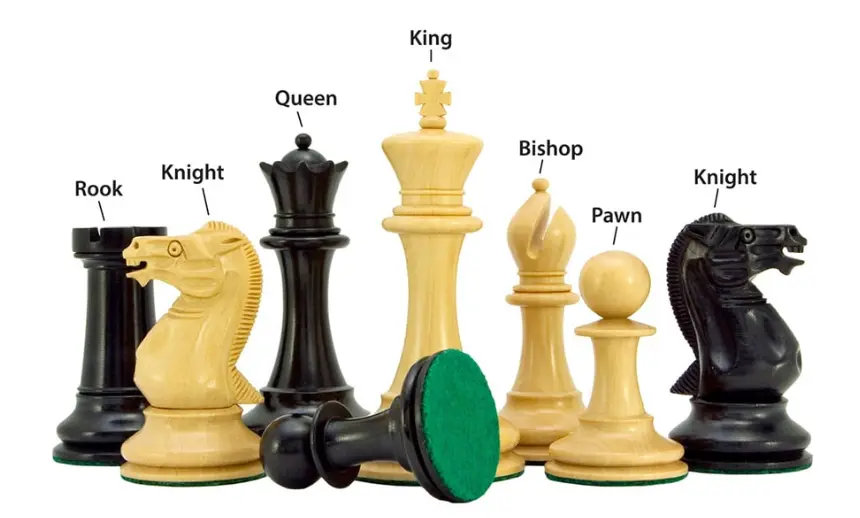
The Sicilian Defense is an extremely popular and deeply studied chess opening. It arises after 1.e4 c5 moves. This opening is famous for its unevenness, and strategic and tactical complexity. Sicilian Defense is extremely popular with everyone from grandmasters to amateurs as it is challenging and can lead to both attacks. But it is more preferred by attacking and tactical players.
Historical Background
The history of Sicilian defences is centuries old, originating in the 16th century. Its potential was first explored by Giulio Polerio and Giochino Greco, but in the 20th century, it gained a prominent position in competitive chess. Grandmasters such as Bobby Fischer and Garry Kasparov used the Sicilian Defense extensively, demonstrating its power and versatility. Fischer said he often relied on the Sicilian defence to counter 1.e4.
Basic Structure
The initial move 1…s5 immediately challenges White’s control of the center, specifically targeting the d4 square. By avoiding equal positions such as 1…e5, the Sicilian defence creates a structure that is asymmetrical and often leads to more aggressive positions. This asymmetry is the main reason for the long-lasting charm of the Sicilian defence, which offers numerous opportunities to create creative and dynamic play.
Major Variations
There are several main variations of the Sicilian Defence, each plan and concept is outlined below:
- Open Sicilian:
- Najdorf Variation (5…A6): Named after Miguel Najdorf, this is one of the most deeply analyzed variations. This allows blacks to create flexible structures and numerous attacking positions. The main lines include English Attack (6.B3) and traditional main lines, such as Big5 and B2.
- Dragon Variation (5…g6): Characterized by the fianchetto of the dark square bishop, this variation aims for rapid development and counterattacks on the queenside. The Yugoslav Attack (6.B3) is a critical opening system or line, leading to sharp, two-way situations.
- Classical Variation (5…Nc6): This includes several sub-variations such as the Richter-Rouser Attack (6.B5) and the Sozin Attack (6.B4), which emphasize piece development and center control.
- Sveshnikov Variation (4…Nf6 5.Nc3 e5): An attacking line where Black also tries for dynamic counterattacks.
- Closed Sicilian (2.Nc3):
- This variation is a slow and close-type opening. White builds a strong pawn structure and wants to maintain a slow attack. Often tries kingside attacks with moves like f4 and g4.
- Alapin Variation (2.c3):
- Alapin Variations attempt to bypass the main lines. By supporting the d4 push, White hopes to gain a strong pawn center. Black usually responds with …d5, challenging White’s central control.
- Grand Prix Attack (2.f4):
- An offensive system in which White aims for a quick kingside attack. Black must be careful to counter this with the right moves by fianchettoing the dark-squared bishop with …g6 and …b7.
Strategic Concepts
The Sicilian Defense is rich in many strategic themes and ideas. Key concepts include:
- Counterplay: Black often tries to counterplay on the queenside or center. The saw-file often becomes an important avenue for Black’s rook operations.
- Pawn Structure: Understanding the breakdown and structure of Piadar is very important. D5 and B5 moves are common themes, and players must be skilled at recognizing when to execute these breaks.
- Piece Activity: Especially the correct combination of knight and bishop is very important. Control of key squares such as d4 and e4 often dictates the flow of play.
- Initiative: In many variations, Black aims to seize the initiative through active piece play and strategic threats.
Modern Usage
Today, the Sicilian Defense has become a mainstay of competitive chess. It allows players to tailor their approach based on their creation style and preferences.
Conclusion
The Sicilian defence is not just an opening; It is a name for the beautiful aggressive opening style of chess. It helps players embrace complexity and find solutions.


